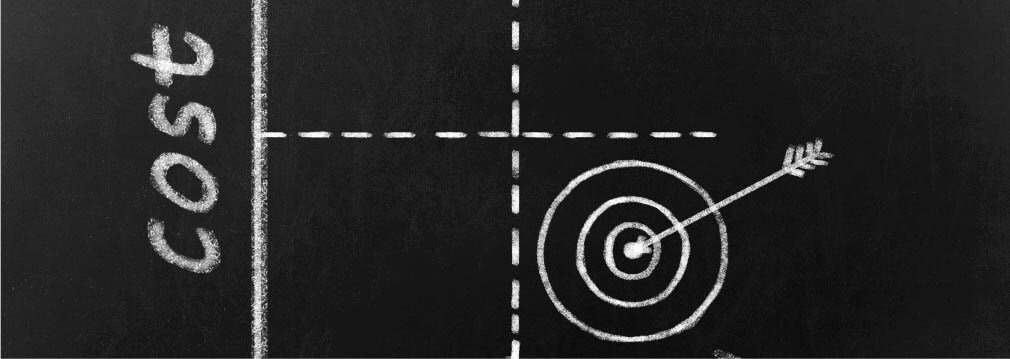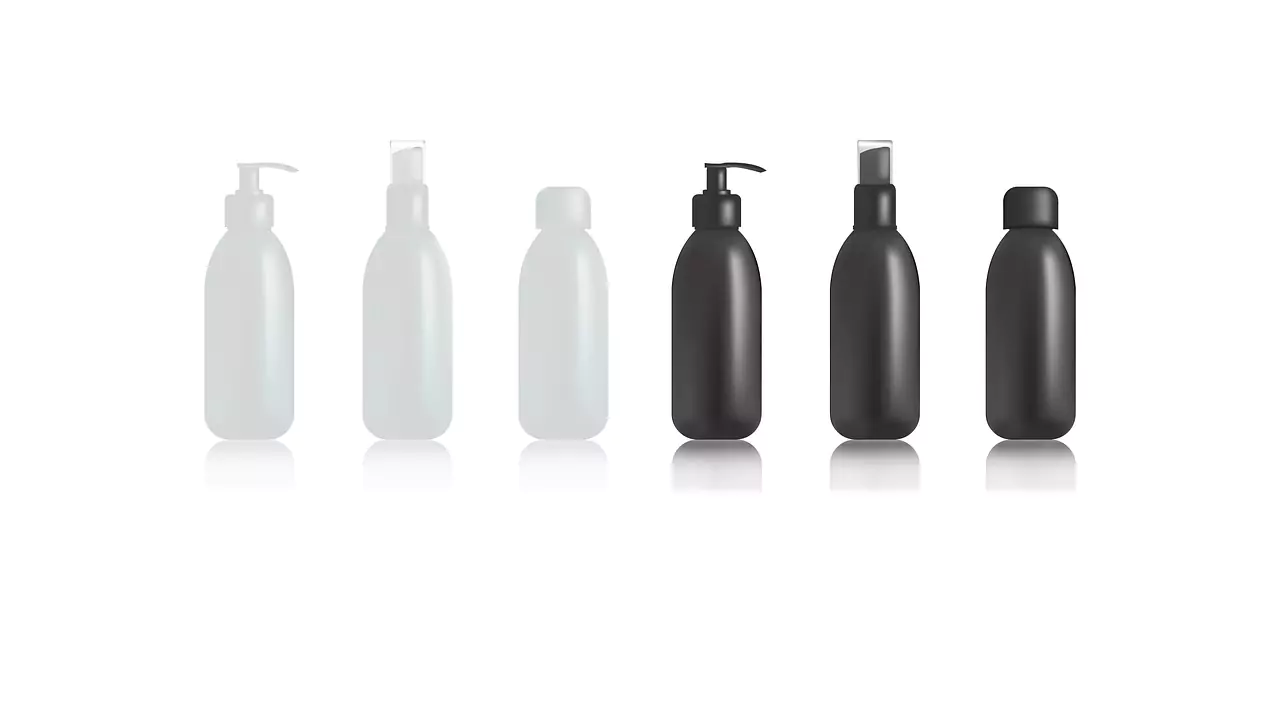In the world of manufacturing, labor costs are always calculated by means of time study data also known as work measurement data. Out of time study, we can calculate standard time (SAM) for different activities done as part of the manufacturing process. In garment manufacturing, the process is sometimes called cut & sew operations.
Work measurement data allows us to estimate direct labor cost of garment manufacturing. Other cost factors such as overheads and material costs are calculated separately. In this article, we will show you how to solve for garment labor costs through work measurement data.
Factory overheads which are not included in work measurement data are trimming and finishing labor costs among others. These factors also play a big role to the overall clothing manufacturers’ labor cost but has a different calculation which we can discuss some other time. Meanwhile, let us proceed to calculate garment labor costs.
Step 1: Measuring Garment SAM
There are two methods to calculate SAM (Standard Allowed Minute); one is by using Time Study and the other by using synthetic data. The standard formula for calculating SAM is;
SAM = basic time +bundle allowances + machine & personal allowances
Both methods follow the same formula and the only difference is how the Basic Time value gets recorded. For the Time Study method, basic time is recorded manually with a stopwatch on at least 5 different occasions and the average time is considered as the basic time value.
For synthetic data method, you list down all the motions done by a worker during a shift then refer to either TMU (Time Measuring Unit), GSD or SPD (Sewing Performance Data) for the corresponding values of these motions depending on the table used. The value will be referred to as the Basic Time value for measuring SAM in such method.
Step 2: Calculate Daily Labor Wages
Daily labor wages differ from one company to another but most of the time, the minimum labor wage is used as the value for this. Check with your HR department or ask the local labor and employment government agency regarding the minimum labor wage.
To calculate per minute labor cost, let’s say daily labor wages is $5. Calculated per minute labor cost is 5.0/480 = USD 0.010416 (wherein 480 is the number of minutes in an 8-hour shift)
Step 3: Calculate Line Efficiency
If you know the efficiency of your sewing lines, use those data. If not, then let us know how to calculate line efficiency;
Line efficiency = total units produced by the line x 100/total minutes of operators
Labor Cost Per Garment Calculation
For example, let’s say one line is running at 50% efficiency, daily labor wage is USD 0.00833 and product SAM is 20 minutes;
Labor cost per garment = (Garment SAM X Labor cost per minute)/ Line Efficiency in %
Therefore, direct labor cost of the garment
= US$ (20 X 0.00833)/50%
= US$ 0.3333
This is how clothing manufacturers solve for garment labor costs. Even if you are only working as a small factory that makes clothes, same formula still applies for calculating garment and apparel labor costs.









